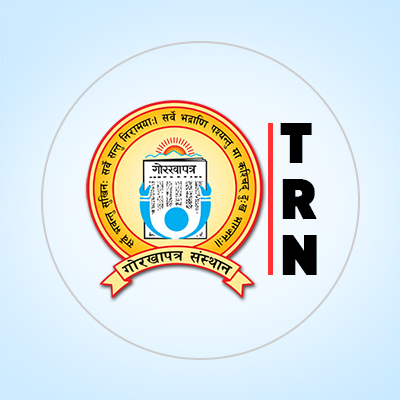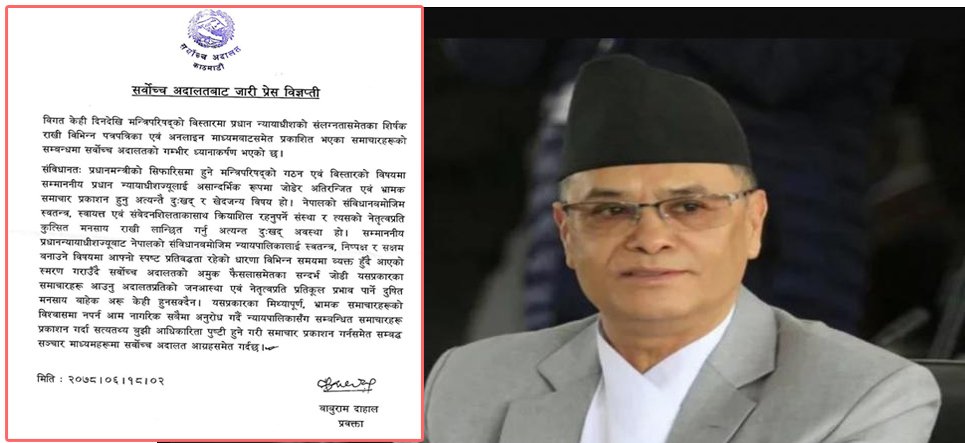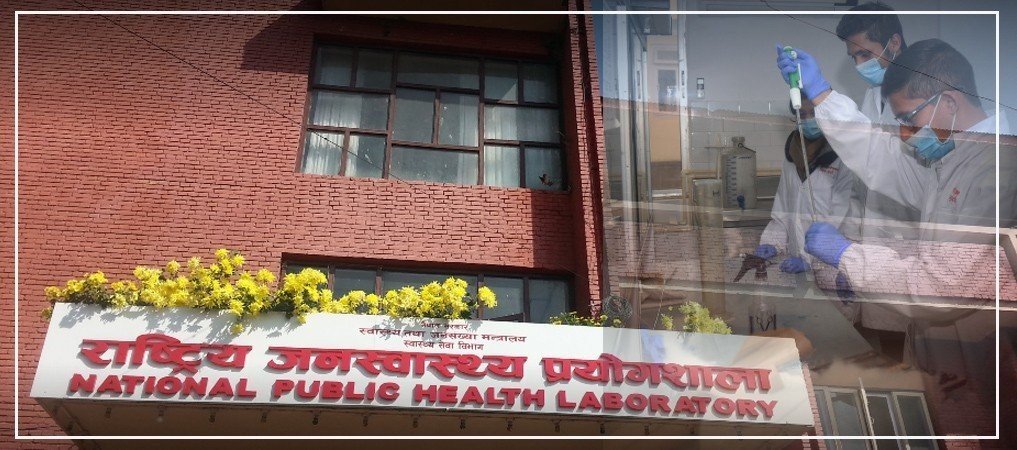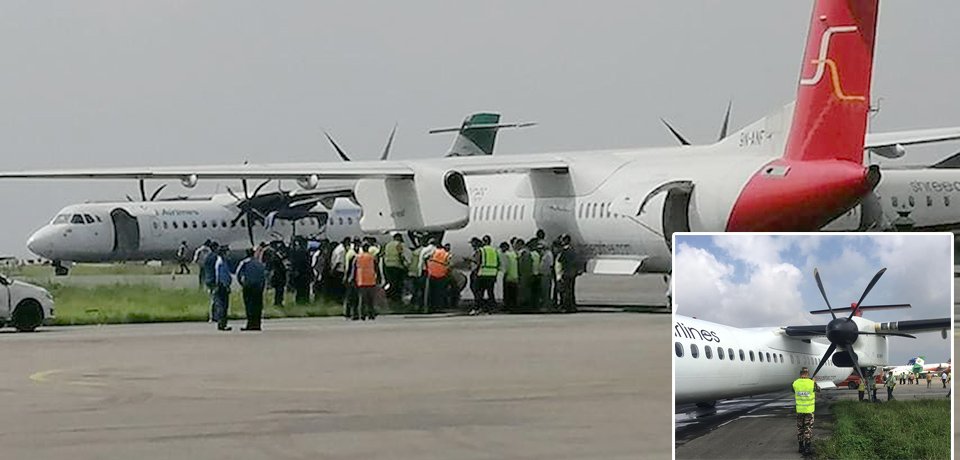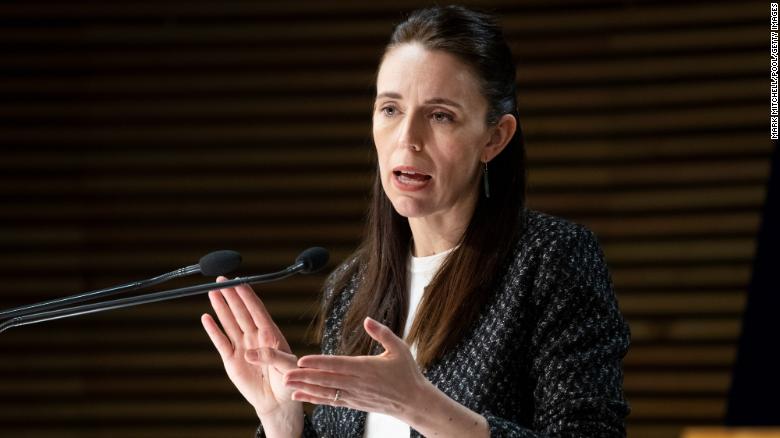A quarter capex in 9 months, 2% more than that of past FY
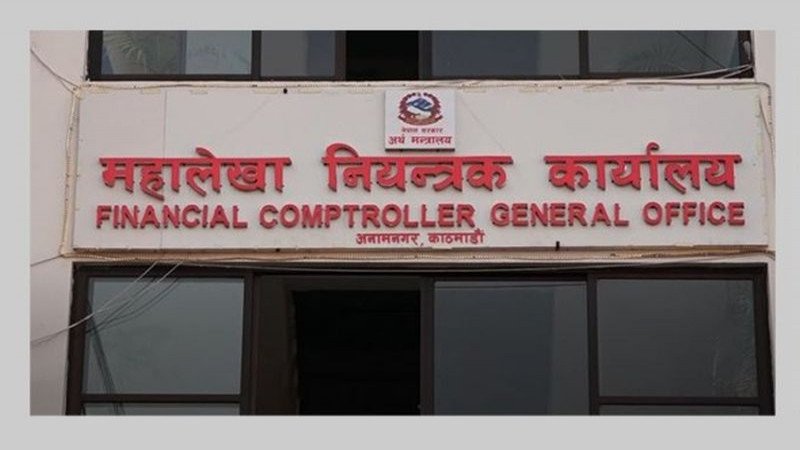
By TRN Online, Kathmandu, Apr. 8: The federal government spent a quarter of its capital expenditure in the first nine months of the current FY.
According to the data of the Financial Comptroller General Office (FCGO), the government spent Rs 96.2 billion until the first week of April 2022 out of the yearly target of Rs 352.9 billion.
The capex in the current FY surpassed approximately 2 per cent in comparison to the same period of its previous FY. The aggregate amount crossed Rs 96.2 billion in the first nine months of the current FY as against Rs 94.8 billion spent in the previous same period.
The capex is expected to inject liquidity into the economy though the amount will be small. Meanwhile, it may increase the imports, as Nepal imports machinery, and construction materials required in the megaproject which could have an impact on the foreign exchange reserve (Forex). But the rise in imports due to capital expenditure triggers economic growth.
However, Nepal Rastra Bank (NRB) data revealed that the amount of the annual capex declined specifically after a sharp rise of 70.6 per cent in FY 2016/17 to Rs 208.7 billion from Rs 122.3 billion spent in FY 2015/16. Following this increase, the capex continuously declined including the negative growth in FY 2018/19 and 2019/20 before a positive growth rate of 20 per cent in 2020/21.
The data revealed it took six FYs to double the capex amount. It has increased to Rs 228.3 billion in FY 2020/21 from Rs 88.7 billion incurred in FY 2014/15. Despite the government's regular commitment to accelerate the capex to support growth, the actual expenditure shows a dim figure.
The 15th five-year plan has projected to spend the capital expenditure of 18.6 per cent of gross domestic product (GDP) by the end of 2023/24. However, Nepal Rastra Bank data showed that the proportion of capex in terms of GDP decline to 5.4 per cent by the end of FY 2020/21.
Recent News

Do not make expressions casting dout on election: EC
14 Apr, 2022
CM Bhatta says may New Year 2079 BS inspire positive thinking
14 Apr, 2022
Three new cases, 44 recoveries in 24 hours
14 Apr, 2022
689 climbers of 84 teams so far acquire permits for climbing various peaks this spring season
14 Apr, 2022
How the rising cost of living crisis is impacting Nepal
14 Apr, 2022
US military confirms an interstellar meteor collided with Earth
14 Apr, 2022
Valneva Covid vaccine approved for use in UK
14 Apr, 2022
Chair Prachanda highlights need of unity among Maoist, Communist forces
14 Apr, 2022
Ranbir Kapoor and Alia Bhatt: Bollywood toasts star couple on wedding
14 Apr, 2022
President Bhandari confers decorations (Photo Feature)
14 Apr, 2022
